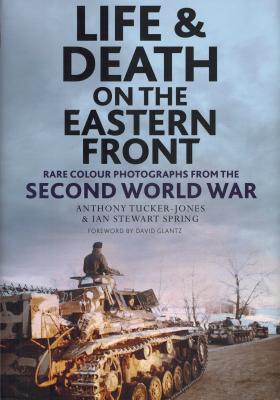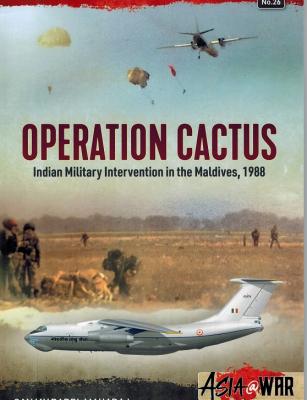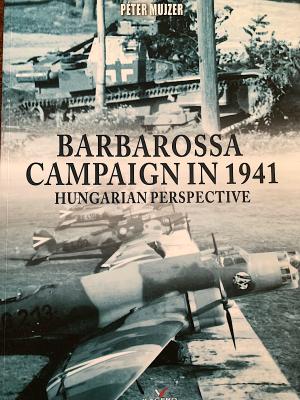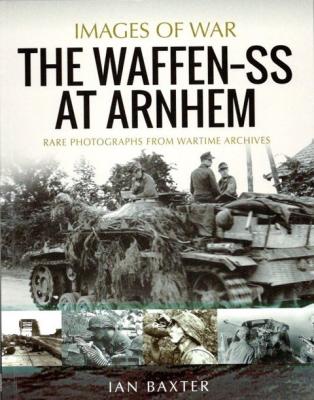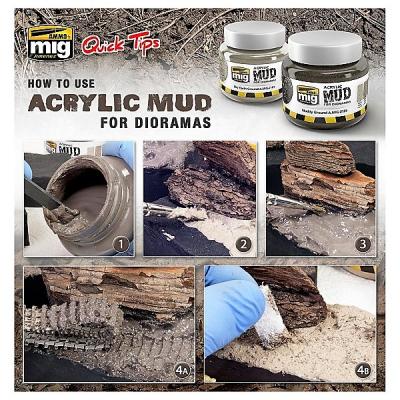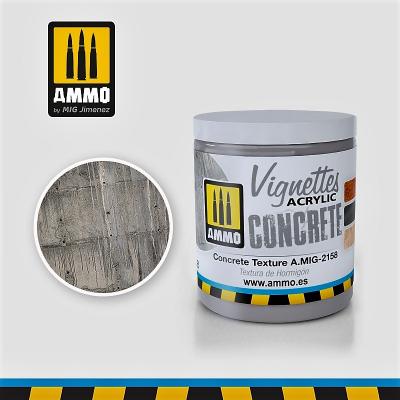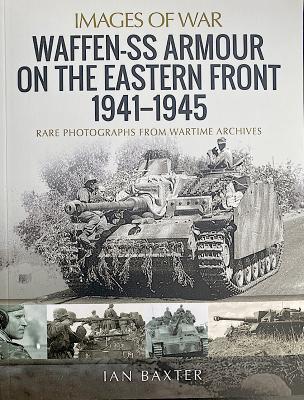Let’s start by stating that the entire book is collection of color photographs taken by both original cameramen, as well as the regular foot soldier in the field. The photos chosen by the authors are one of the best I have the pleasure of seeing. The book is divided in three sections:
- The Ground War
- War in the Skies
- Behind the Lines
In turn, each section is divided in subsections. Part One; The Ground War is divided into 11 parts; Part Two; The War in the skies has 5 subsections and Part Three; contains 6 subsections. The Ground War is the largest and consist of 116 pages; The War in the Skies consists of 37 pages, while the section about Behind the Lines is 64 pages.

